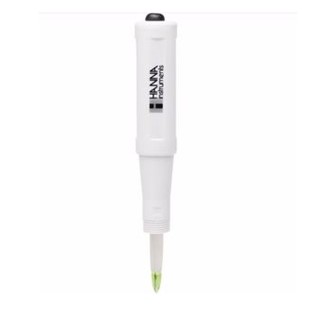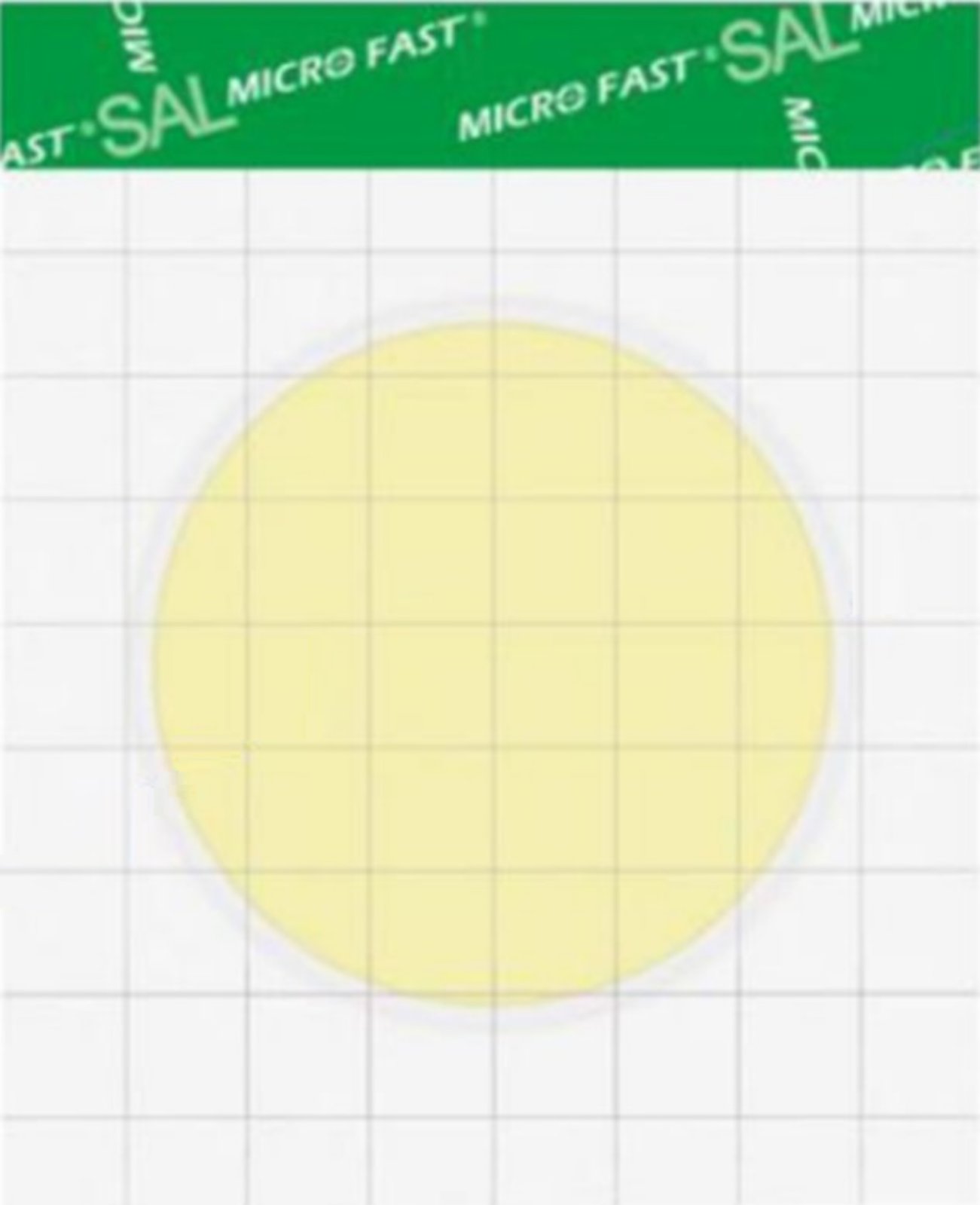We change foreign analogues to OWN
When cows line up for domestic milking robots, how many cows have already been "decorated" with smart collars that recognize their HEALTH indicators, and how does fluffing improve the quality of grasses? Learned about this and many other things at the Scientific and Practical Center of the National Academy of Sciences of Belarus for the mechanization of agriculture.
From robots to transpondersRobotization and digitalization are the key drivers of agricultural growth worldwide. The agricultural sector of Belarus is no exception. The first domestic “milk milker” robot, so to speak, its “signal specimen”, will be manufactured in a year, in 2024.
“The development of milking robots on the initiative and order of the Ministry of Agriculture and Food began at the end of 2022,” Yevgeny Zhilich told us, HEAD of the laboratory for mechanization of MILK and beef production processes at the NPC of the National Academy of Sciences of Belarus for agricultural mechanization, whose team is busy creating a domestic robotic milking technology.As the interlocutor noted, unlike the currently used domestic assembly of the Leili robot, which consists of imported components, the robot developed at the center will consist of 90% of the Belarusian equipment.
The livestock breeders of the country appreciated another development of scientists and specialists of this laboratory - a transponder for monitoring the physiological state of dairy cows. Smart collars have already "decorated" the necks of more than 8,000 cows from 33 farms - 29 domestic and four Russian dairy farms.
What is their main benefit? Here is what Yevgeny Zhilich said about this:
- Transmission of data from the transponder to a computer allows farm workers to remotely determine the peak of the "hunt" of the cow, when, as they say, she begins to "run".
Visualization of activity data is displayed in real time on a computer in the form of detailed graphs. Smart collars with a built-in sensor for remote monitoring of key cow health indicators work in tandem with special farm software. So, timely insemination of a cow guarantees the birth of healthy calves.
For young animals, fish and minksAnother important development of the laboratory for the agricultural industry made it possible to create equipment for the production of feed from local grain raw materials for young cattle, a prototype of which is working at the subsidiary of the center "Experimental base" Zazerye ". Belarusian scientists created the equipment together with Russian scientists as part of the program of the Union State "Compound feed-SG".
In addition, under this program, equipment has been developed for the production of feed for valuable fish and fur-bearing animals. Domestic compound feed will reduce the cost of fish on our table, as well as solve the problem of a fodder table for the abodes of six animal farms in the country, the breeding stock of which is 200 animals of different breeds, among which mink dominates.
Taking care of feed for domestic animal husbandry, scientists have taken an important step in the use of their waste - they have finalized the equipment for preparing biogas and generating electricity from it.
Iron "arms" of the loaderMilk from a cow, as you know, is on the tongue. Agrarian scientists from another laboratory of the Scientific and Production Center of the National Academy of Sciences of Belarus on the mechanization of agriculture, the mechanization of fodder harvesting, help to provide livestock with full-fledged, high-quality feed. For example, a set of interchangeable equipment for storing and unloading feed from AZVK storages to Amkodor loaders has become indispensable for livestock breeders. Here is what the head of the laboratory, Eduard Dyba, said about the development:
- During the season, a loader equipped with a set for loading and distributing stalk fodder is busy laying and leveling trenches of haylage and silage when harvesting fodder for the winter. In winter, the loader is equipped with a special bucket with a feed separator, which ensures the capture and loading of feed during the feeding period of cows. The developers also equipped this kit with forks with a clamp for loading bales and rolls. That is, the devices are operated all year round and have become indispensable in hundreds of farms in the country, and have also found application in agricultural enterprises of the CIS countries.
Fluff and do not rake too muchSoon, scientists will bring another development of this laboratory to the market. This is a device for repeated flattening and fluffing of mowed grasses UPVT-4, to which two adapters are attached: one for legumes (clover, alfalfa), the second for cereal grasses (timothy, etc.).
- Thanks to the new harvesting technology, the swath of mowed grass rises, grows in volume, as a result of which the field drying process (moisture return) is accelerated by 20-30%, the need for the number of passes of equipment is reduced, which means that the terms of fodder harvesting are reduced and costs are optimized, -explains the benefits new equipment Eduard Dyba and clarifies: -The mass production of this semi-trailer equipment will soon begin, which will pay for itself in 2-3 years.
GVG-9.5 comb rake-swathers will also be sent for acceptance tests.
Trailed equipment currently used (rotary and wheel-finger rake-swathers) rakes the grass by dragging, increasing the likelihood of catching stones and other foreign bodies. In addition, the windrow is clogged with earth and dust, and the leaves and inflorescences are lost. Since the working parts of the comb rake do not come into contact with the soil, such flaws are excluded, and the grasses used for cattle feed remain cleaner.
The scientists of the SPC laboratory also started to develop a belt swather, the design features of which will make it possible to swath various herbal (cereal and legume) crops and grass mixtures with a green mass yield of up to 400 c/ha and humidity from 15 to 85%. It is able to form dense, uniform swaths without loss of quality every 9, 18, 27, 36 and 45 meters - depending on the grass yield. When using forage harvesters with a capacity of 800-1000 hp, as well as high-performance balers, rakes make it possible to significantly save fuel and carry out forage harvesting in a short time. Thanks to the delicate selection of the mowed mass, the foliage, rich in proteins, remains on the stem and falls into the swath. This significantly increases the value and quality of feed.
By the way, Belarusian transponders determine the “hunt” of cows several hours earlier than, for example, Israeli counterparts, which were previously purchased by Belarusian farms. In addition, ours are half the price, and also have low power consumption: they can work on one battery for more than five years!
Tamara MARKINA
Photo by the author and from the NPC archives



























































